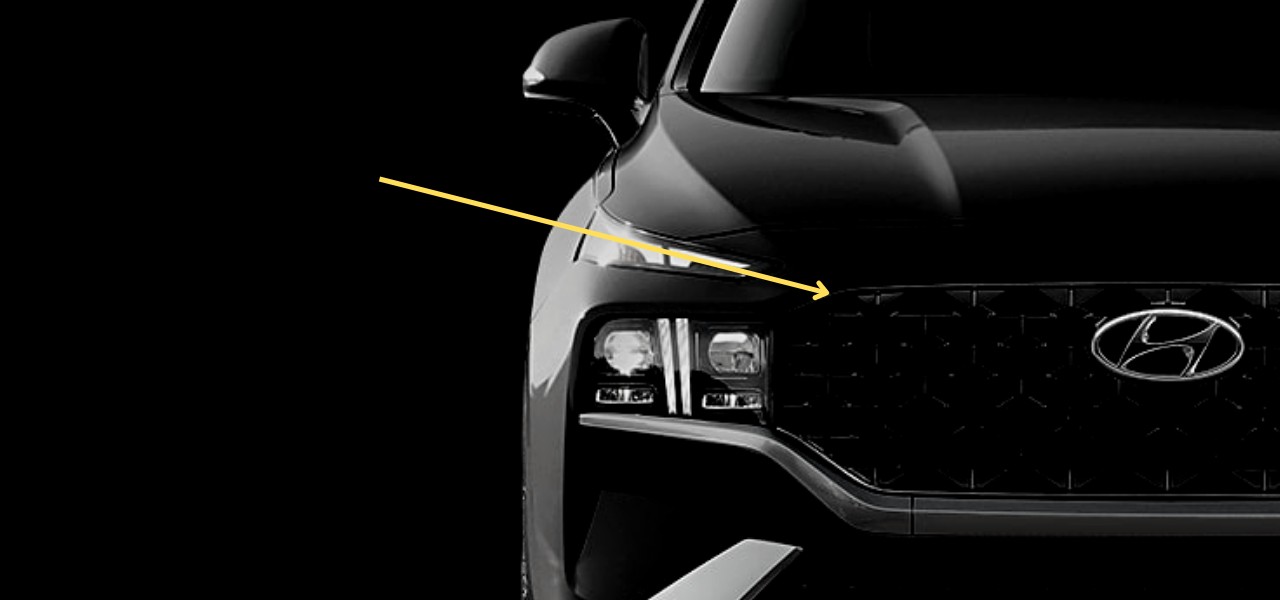The automotive industry has long embraced aggressive front-end designs. But the recent proliferation of Split Headlights has raised concerns about brand identity and design cohesion. This trend, while initially appealing for its aggressive aesthetic, presents several inherent flaws.
The Problem with Thin Upper Light Sections
Split headlights typically feature a thin upper section housing daytime running lights (DRLs) and sometimes turn signals, with the main beams and fog lights positioned below. This configuration necessitates a slender top section, often resulting in limited space for incorporating distinctive brand elements. For example, BMW’s iconic halo lights have been sacrificed in models like the X7 and 7 Series to accommodate this trend. The Hyundai Santa Fe, Chevy Blazer, and Jeep Cherokee all exhibit this aggressive yet homogenous look, lacking unique design cues that readily identify their respective brands.
The thin upper section often leads to a disproportionate relationship with the grille, as seen in the Ford Super Duty from the late 2000s.
To comply with regulations, the lower headlight section must be large enough for adequate light projection. Designers often position these lower lights to resemble high-mounted fog lights, creating a visual trickery that attempts to hide the main beams. The Chevy Blazer and Jeep Cherokee exemplify this tactic.
Disconnecting Grilles and Headlights
The thin upper light element creates a challenge in seamlessly integrating the headlights with the grille. The result is often a jarring disconnect, with a small headlight assembly juxtaposed against a massive grille opening. This issue is evident in several models, including the Jeep Cherokee, where the iconic seven-slot grille appears forcefully applied rather than cohesively integrated.
The BMW X7, with its already controversial oversized grille, further exacerbates this issue. The split headlights accentuate the grille’s dominance, creating an unbalanced and disproportionate front end. This design trend poses a significant challenge for brands with historically strong grille identities, as the delicate balance between headlights and grille is disrupted.
Brand Identity Crisis in the Age of Homogeneity
Split headlights contribute to the growing homogeneity in car design, particularly among crossovers, SUVs, and sedans. With the decline of distinctive body shapes and the abandonment of classic design elements like the BMW Hoffmeister kink, the front end has become a crucial differentiator for brands. However, the adoption of split headlights further diminishes this distinction, leaving the grille as the primary identifier, along with the badge.
This reliance on the grille creates problems for brands with less distinctive grille designs. Hyundai’s fragmented hexagon, Chevy’s ambiguous grille language, and Ford’s generic rounded square offer little in the way of unique brand recognition.
A Glimmer of Hope: The Hyundai Tucson
While the split headlight trend raises concerns, there are exceptions. The Hyundai Tucson successfully integrates split headlights by seamlessly blending the upper DRLs into the grille, creating a cohesive and innovative design.
Conclusion: The Future of Split Headlights
The prevalence of split headlights signifies a potential commoditization of aggressive design in the automotive industry. While sales figures may validate this trend, it raises concerns about the erosion of brand identity and the homogenization of car design. The future will reveal whether this trend evolves to incorporate greater brand distinction or fades away entirely. The hope remains that automakers will prioritize innovative design solutions that celebrate their unique heritage rather than simply adhering to fleeting trends.

